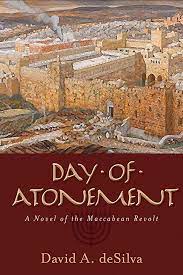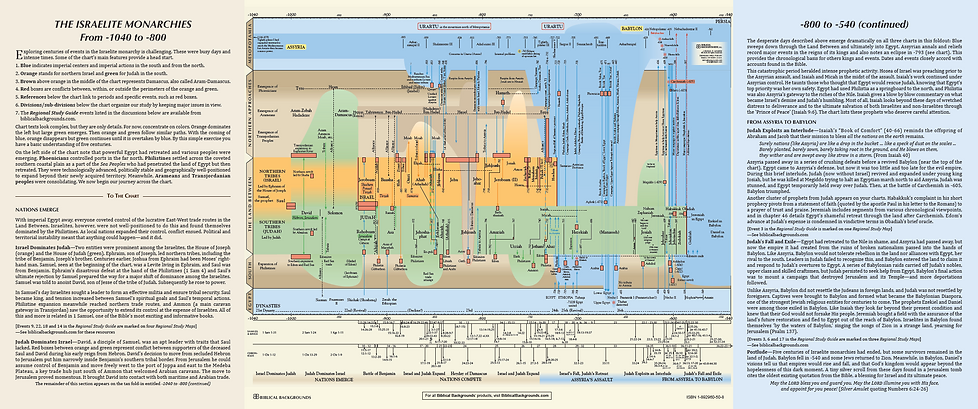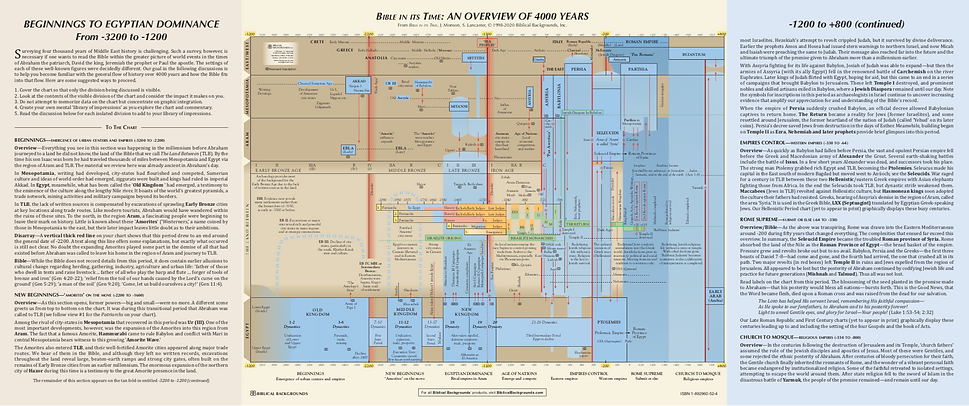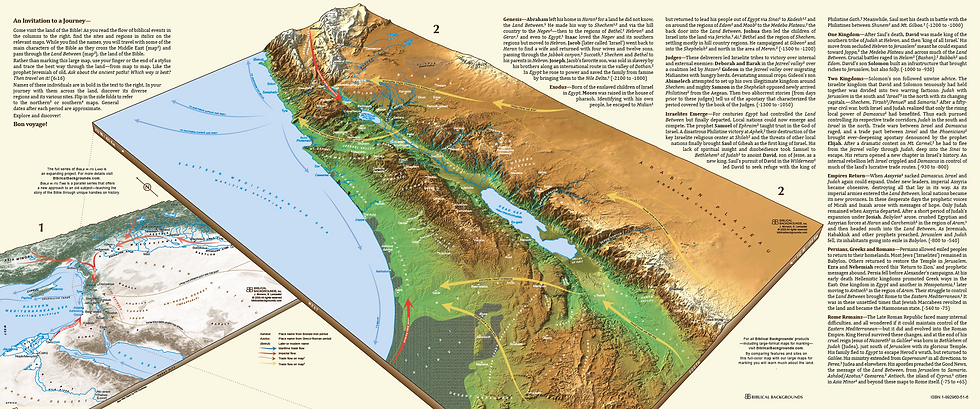If you asked me for a list of historical fiction related to the biblical world that needed to be written, I’m not sure that the Maccabean Revolt would have been in the top 5. What I discovered, however, in reading David A. deSilva’s Day of Atonement: A Novel of the Maccabean Revolt, is that it really should be near the top. The book came out in 2015 but I only learned of it recently, and I wanted to mention it here in case you missed it as well.
To be sure, this is not really a book about the “revolt” per se. That is, it’s not a war story set in the midst of the battles between the Jews and the Seleucids. Instead, the book is about the people and events that led up to the great conflict. And this is perfect for what I needed.
Names that I knew on paper became living and breathing people, and you really feel like you make acquaintance with the high priests Honiah (Onias III), Jason, and Menelaus. Antiochus Epiphanes, one of the little horns of Daniel’s prophecies, is more human than I had considered. Most interesting are the characters whom deSilva has created who agonize over, or embrace, the increasing Hellenization of Jerusalem.
I loved being transported into Jerusalem in the year 171 BC and watching the construction of the gymnasium while overhearing the Jewish residents debate how far was too far. The uprising didn’t occur in a vacuum, and deSilva reveals various political, social, and religious threads that led a bunch of farmers and craftsmen to take up arms to preserve the worship of the true God.
deSilva is eminently qualified to write this book, given his lifetime of scholarship in the world of the Second Temple and his works on the New Testament and the Apocrypha. He recently wrote A Week in the Life of Ephesus (two thumbs up!), and I hope that he will continue writing historical fiction.
There was an interpretation or two that I would have written differently, but that doesn’t diminish my enthusiasm for the book and my appreciation for the author’s diligent labors. I am happy to give Day of Atonement my highest recommendation, and I commend it to all who love to learn history through excellent fiction written by a careful scholar of the era.
You can see some endorsements at Amazon, and Mark Strauss has reviewed the book for Themelios (but he gives a lot away, so you might skip it if you prefer surprise).
I would include this book in my top 5 works of historical fiction related to the biblical world, along with:
- The Daughter of Lachish, by Tim Frank (recommended here)
- Pontius Pilate, by Paul L. Maier
- A Rooster for Asklepios, by Christopher Stanley (recommended here)
- A Week in the Life of Rome, by James L. Papandrea



